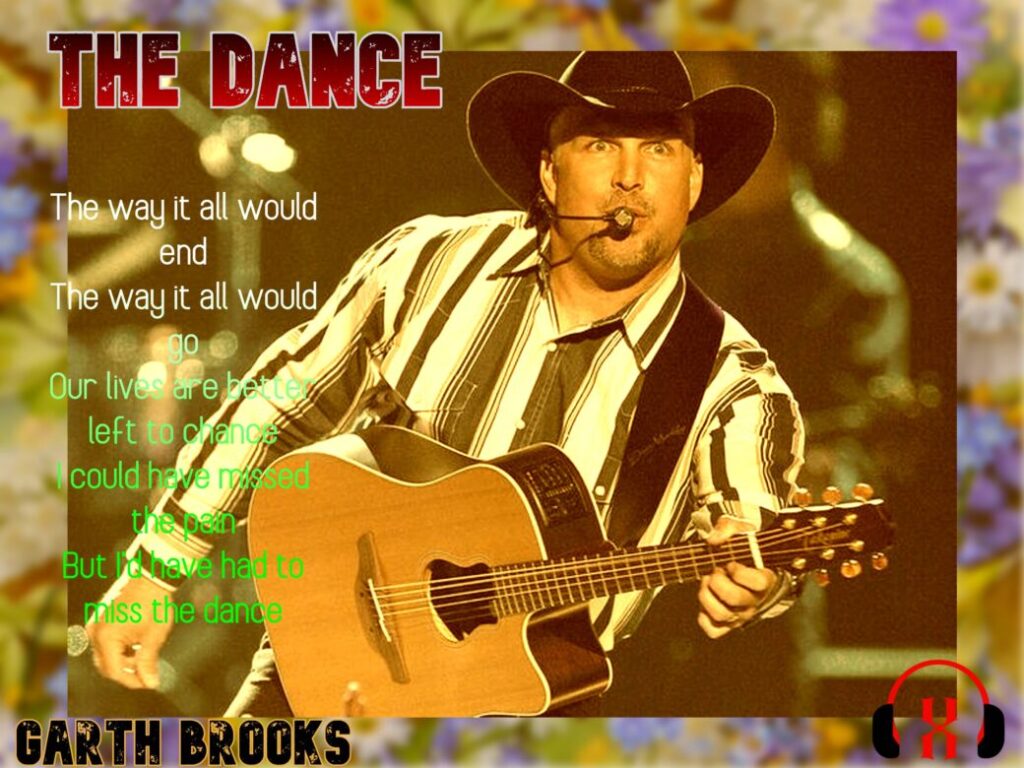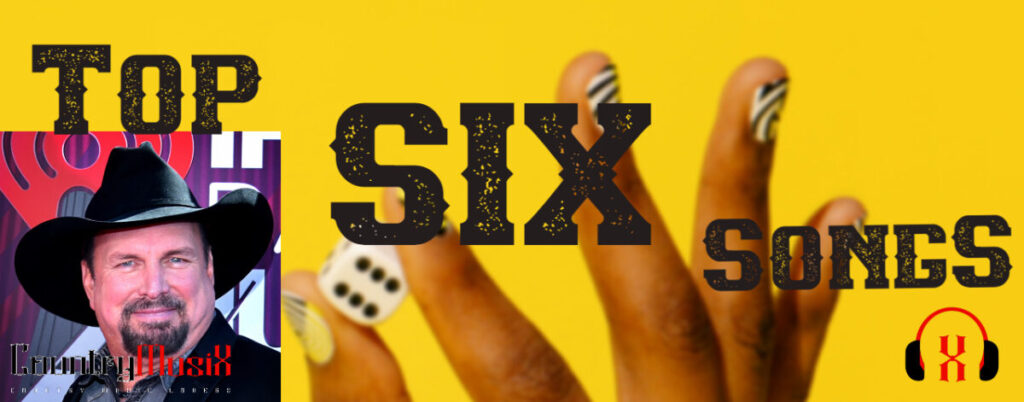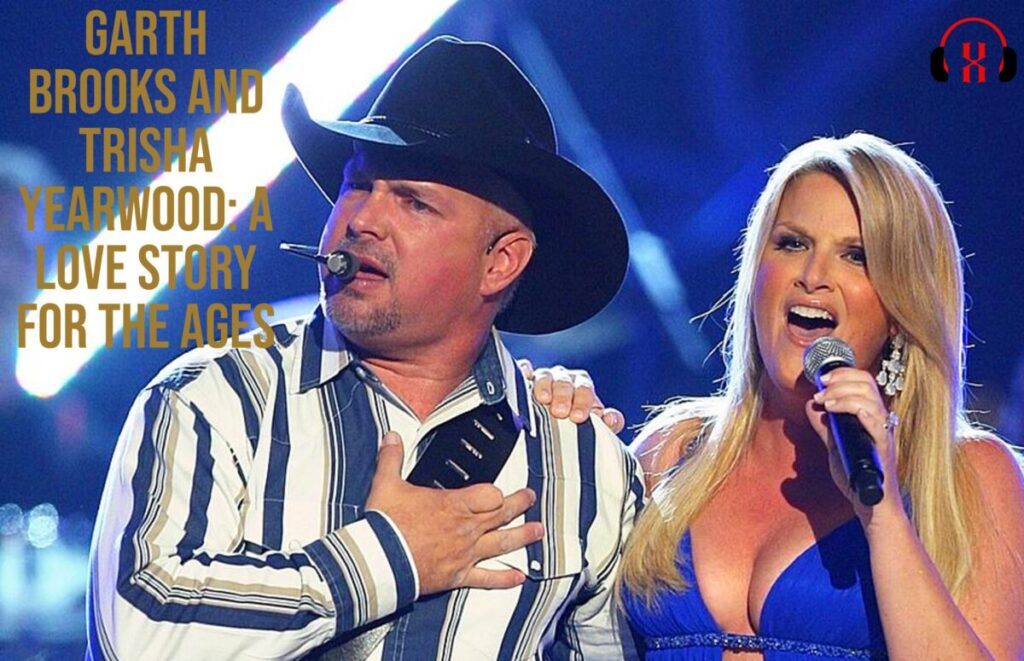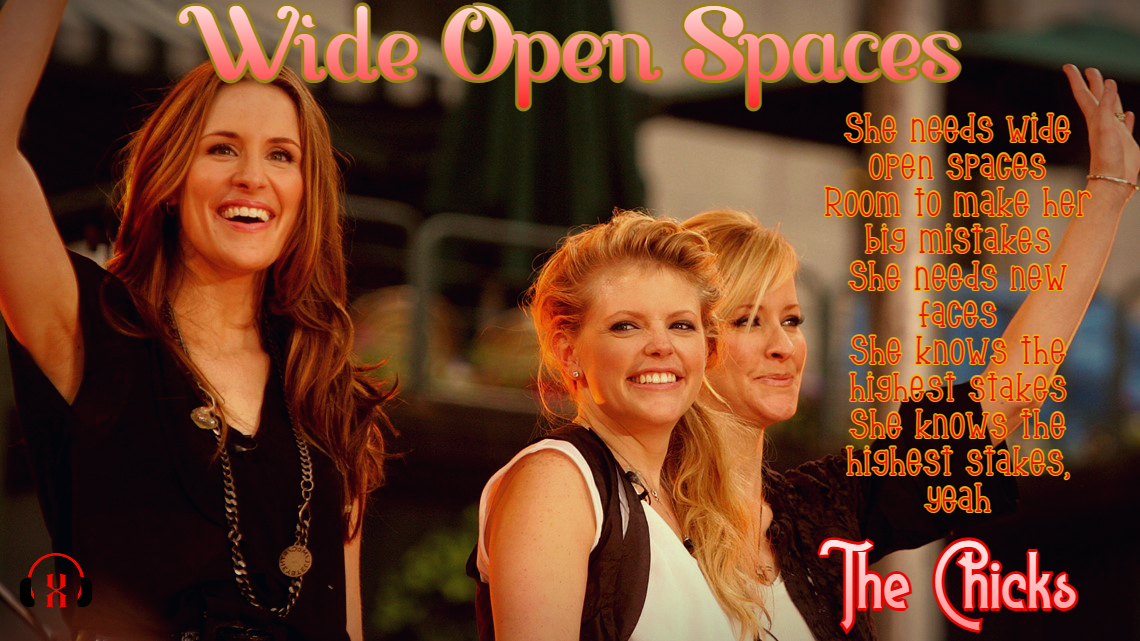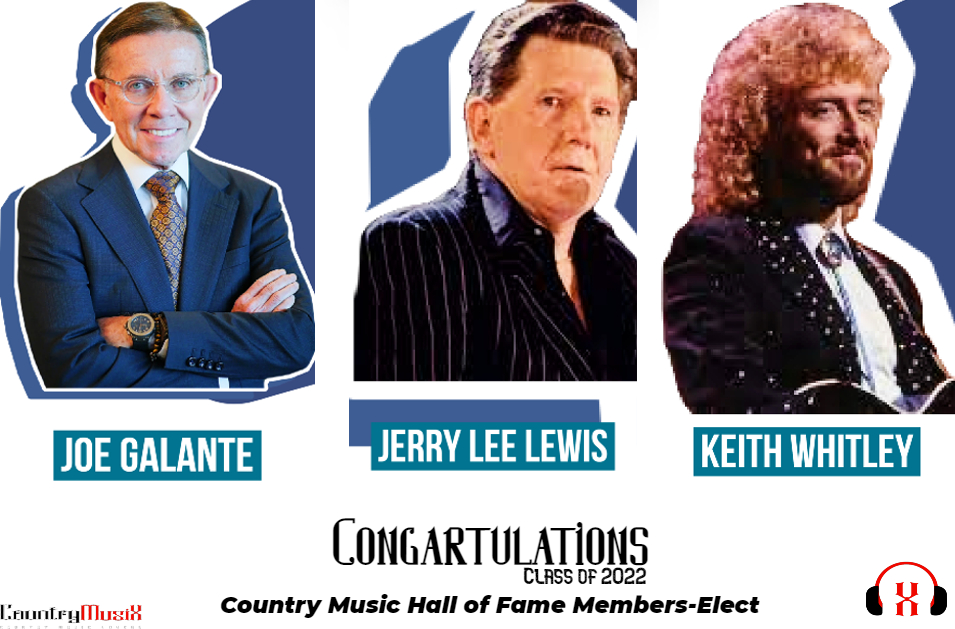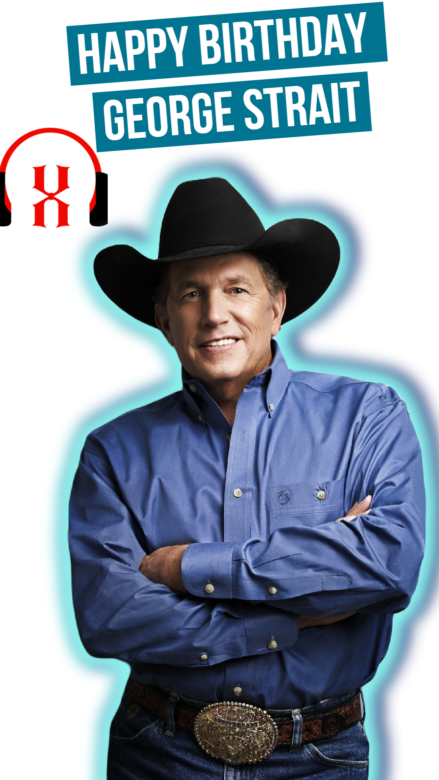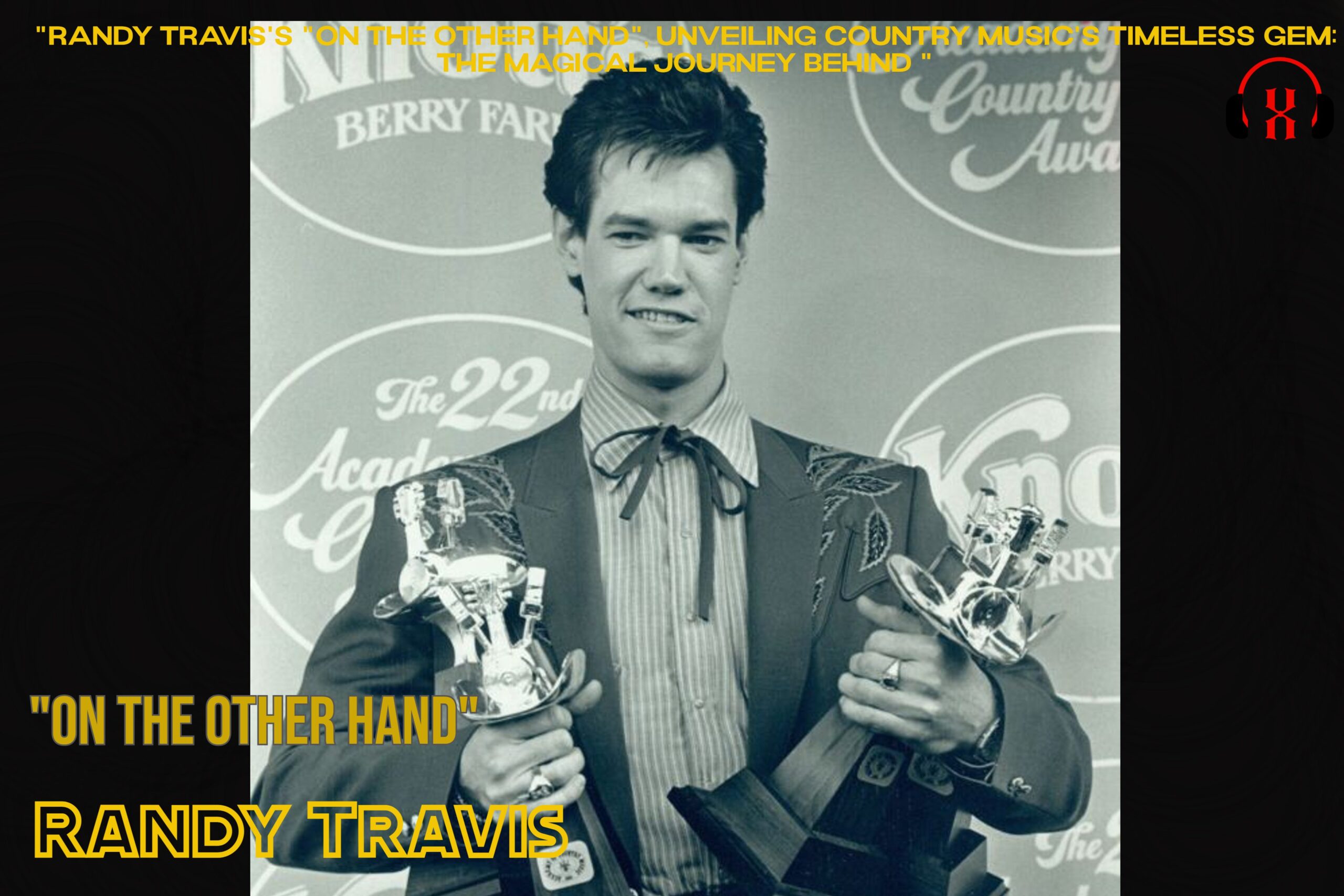![]()
Article:
Step into the realm of music history as we unravel the extraordinary tale behind Garth Brooks‘ timeless hit, “The Dance.” This remarkable song, penned by Tony Arata, unfolds like a movie script, weaving together elements of inspiration, serendipity, and unwavering determination.
The story begins with Tony Arata, a novice songwriter attending college in Statesboro, Georgia in 1983. Balancing his studies with his passion for music, Arata played in a band during his spare time. After graduation, he took a leap of faith and continued pursuing his musical aspirations, performing in local clubs. It was during this time that Arata caught wind of Jim Glaser’s search for material for his upcoming album. Eager to seize the opportunity, Arata crafted a cassette demo of his song “The Man in the Mirror” and presented it to Glaser’s record company, Noble Vision Records, based in Atlanta. The recording of the tune proved successful, reaching a respectable #17 on the charts. Inspired by this modest achievement, Tony and his wife made the life-altering decision to relocate to Music City, Nashville, in 1986.
One fateful evening, while contemplating his future as a songwriter, Arata found himself at the renowned Bluebird Café in the Nashville suburb of Green Hills. The venue, known as a “listening room,” attracted music executives scouting for exceptional talent and extraordinary songs. As Arata listened to the incredible performances around him, he was overcome with self-doubt, convinced that he couldn’t match the caliber of the other songwriters. Faced with the temptation to return to Georgia, it was his wife’s unwavering support and encouragement that persuaded him to stay in Nashville.
Weeks later, with his wife away on a business trip, Tony decided to watch a movie as a form of escapism. The film he chose was “Peggy Sue Got Married,” starring Nicholas Cage and Kathleen Turner. It was during a pivotal scene in which the protagonist, Peggy Sue, faced with the opportunity to change her past decisions, hesitated to accept a dance invitation from Nicholas Cage’s character. As she glanced at a locket containing pictures of her children, she realized the profound consequences of declining the dance and potentially altering the course of her life. This poignant moment lingered in Arata’s mind, resonating deeply with his own experiences and observations. Contemplating the times in life when avoiding pain also meant missing out on joy, Arata found himself inspired to put pen to paper and give birth to “The Dance.”
As fate would have it, Arata crossed paths with a stocky figure wearing a cowboy hat at a little Nashville club called “Douglas Corner.” Engaging in conversation, Arata discovered that this genuine cowboy, Garth Brooks, harbored dreams of a country music career. Their paths would cross again as they shared the stage at the Bluebird Café, performing on the same bill. It was during an early Sunday night show, with a sparse audience, that Arata performed “The Dance.” Captivated by the heartfelt lyrics and mesmerizing melody, Garth approached Tony and expressed his desire to record the song if he ever secured a record deal. With skepticism, Arata accepted the comment, believing the chances of such an opportunity were slim. At that time, Brooks was selling boots, while Arata worked tirelessly, lifting fifty-pound boxes to provide for his family.
Remarkably, a year later, Tony received an unexpected call from Garth. Brooks excitedly shared the news of his record deal with Capitol Records and inquired about the availability of “The Dance.” The song had resonated deeply with Garth, and he was eager to include it on his debut album, aptly titled “Garth Brooks.” After completing the album, Garth invited Tony to his manager’s office for a listening session. At first, Arata didn’t recognize “The Dance” due to the extended piano intro, but once he heard it, he couldn’t deny the magnificent rendition delivered by Brooks and the superb production by Allen Reynolds.
With the release of the “Garth Brooks” album, Capitol Records launched Brooks’ career with a series of hit singles. Each subsequent release climbed the charts, with the second single, “If Tomorrow Never Comes,” even reaching the pinnacle of Billboard’s country chart. Typically, albums produce two or three successful singles, but producer Allen Reynolds fervently championed “The Dance” as a standalone single, campaigning directly with label head Jimmy Bowen. Initially hesitant, Bowen attended one of Brooks’ electrifying live performances and witnessed the overwhelming audience response when Garth performed “The Dance.” Convinced by the song’s undeniable power, Bowen gave the green light for its release. On July 14, 1990, “The Dance” ascended to the coveted #1 position, reigning supreme for three weeks.
A breathtaking music video accompanied “The Dance,” featuring poignant footage of American icons and individuals who pursued their dreams at great cost. From President John F. Kennedy to bull rider Lane Frost, from the crew of the ill-fated space shuttle Challenger to actor John Wayne, from country singer Keith Whitley to Reverend Dr. Martin Luther King Jr., these remarkable individuals left an indelible mark. The video concluded with Garth himself, reflecting on the song’s message and how it mirrored his own journey in pursuit of a career in music. Garth stated that despite the challenges he encountered, he wouldn’t have traded the experience for anything in the world.
“The Dance” garnered critical acclaim, earning both the Song of the Year accolade from the Country Music Association and the Academy of Country Music, along with the Video of the Year award. It received a Grammy nomination and dominated country radio, becoming the most-played song of the year. Since its release in 1990, “The Dance” has resonated deeply with listeners and has become a popular choice for funerals, capturing the hearts of many during moments of reflection and remembrance. To commemorate the end of an era, Garth Brooks performed the song on the final episode of “The Tonight Show with Jay Leno” on February 6, 2014.
Join us on a captivating journey as we celebrate the timeless magic of “The Dance” and the profound impact it continues to have on music enthusiasts worldwide. This extraordinary tale serves as a testament to the power of a song to inspire, evoke emotion, and leave an everlasting imprint on our hearts.
- Artist: Garth Brooks
- Album: Garth Brooks
- Released: 1989
- Awards: Academy of Country Music Award for Song of the Year, MORE
- Nominations: Grammy Award for Best Country Song, MORE
Lyrics
Looking back
On the memory of
The dance we shared
‘Neath the stars above
For a moment
All the world was right
But how could I have known
That you’d ever say goodbye
And now I’m glad I didn’t know
The way it all would end
The way it all would go
Our lives are better left to chance
I could have missed the pain
But I’d have had to miss the dance
Holding you
I held everything
For a moment
Wasn’t I the king?
If I’d only known
How the king would fall
Hey, who’s to say
You know I might have changed it all
And now I’m glad I didn’t know
The way it all would end
The way it all would go
Our lives are better left to chance
I could have missed the pain
But I’d have had to miss the dance
It’s my life, it’s better left to chance
I could have missed the pain
But I’d have had to miss the (dance)
